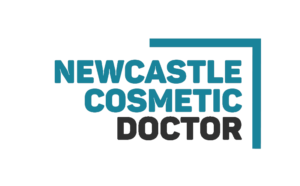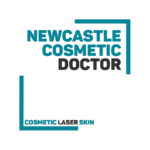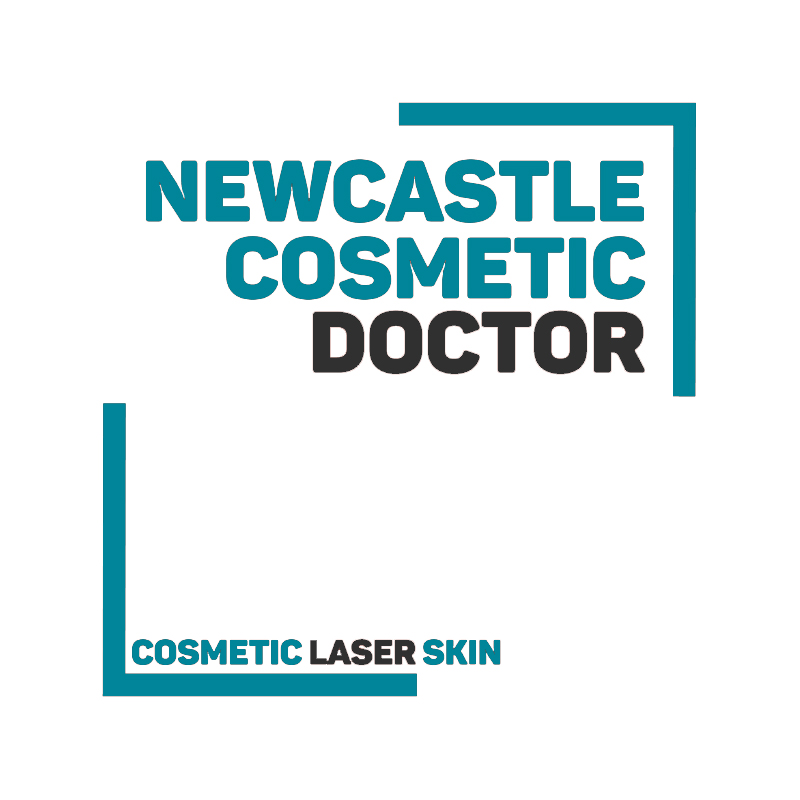Service: Fotona SP Dynamis (Er:YAG 2940 nm / Nd:YAG 1064 nm) & StarWalker MaQX (QS 1064/532 nm ± dye 585/650 nm).
Cause / Mechanism
Immediate or delayed cutaneous reactions after laser may reflect: mast‑cell degranulation (acute urticaria), phototoxic/photoallergic responses from photosensitising medicines or cosmetics, allergic contact dermatitis to preps/dressings, or non‑specific exaggerated erythema from parameter choice and recent UV exposure. 1 2 3
Risk Factors
- Patient: history of atopy/urticaria, autoimmune thyroid disease, recent viral illness; Fitzpatrick I–III with high UV exposure.
- Medicines & topicals: photosensitisers (e.g., doxycycline, amiodarone, thiazides, retinoids, St John’s wort), fragrances/preservatives (MI/MCI), adhesives. 2 4 5
- Procedure/environment: high fluence/short pulse, large treatment fields, occlusive dressings, recent tanning. 1 3
Signs & Symptoms
- Urticaria: transient pruritic wheals (<24 h each), possible angioedema.
- Photosensitivity: exaggerated erythema, burning, edema confined to light‑exposed areas; photoallergy may eczematise.
- Allergic contact dermatitis: eczematous plaques at contact sites (prep solutions, adhesives, dressings).
- Red flags: airway/lip/tongue swelling, dyspnoea, hypotension → treat as anaphylaxis. 6 7
Prevention
- Pre‑treatment screening: atopy/urticaria history; recent illnesses; medication review for photosensitisers. 2 4
- Choose non‑sensitising skin preps; avoid fragrances/preservatives where possible; patch‑test dressings for highly sensitive patients. 8
- Parameter titration and test spots; enforce strict sun avoidance and SPF 50+. 1 9
Management Protocol
Immediate Actions:
- Stop laser; assess ABCs.
- For generalised urticaria without red flags: give a non‑sedating oral antihistamine per guideline dosing (cetirizine/loratadine/fexofenadine). 6
- Cool compresses; avoid irritant topicals.
- For contact dermatitis/photoallergy: discontinue culprit; mild–moderate potency topical corticosteroid and emollients; short course only on face. 8
Anaphylaxis (if airway, breathing, circulation compromise):
- Administer intramuscular adrenaline (epinephrine) to mid‑outer thigh immediately; call ambulance; lay patient flat; oxygen if available; repeat at 5 minutes if no response. Follow clinic anaphylaxis protocol and national action plan. 7
Photosensitivity due to Medicines:
- Identify and document photosensitising agent; consider discussion with the prescribing clinician regarding cessation or timing around procedures. Strict photoprotection (SPF 50+, clothing, shade) and symptomatic care. 4 5 9
Escalation / Referral:
- Persistent or recurrent urticaria >6 weeks → GP/allergy referral.
- Severe contact dermatitis or diagnostic uncertainty → dermatology (consider patch testing).
- Suspected severe photoallergy or systemic photosensitivity → dermatology/photobiology unit. 6 8
Follow‑up & Documentation
- Record onset, distribution, suspected triggers (preps, dressings, meds), laser parameters and response to treatment; photograph where appropriate.
- Provide written aftercare and avoidance advice; arrange follow‑up within 24–72 h depending on severity.
- Update consent forms and pre‑procedure checklists if new allergy/trigger identified; include in quality review. 1 6
Sources
- AS/NZS 4173:2018 Safe use of lasers and intense light sources in health care — screening, test spots and parameter titration., viewed 7 October 2025, https://www.standards.org.au ↩︎
- TGA / NPS MedicineWise. Drug‑induced photosensitivity — consumer and clinician resources., viewed 7 October 2025, https://www.nps.org.au/consumers/drug-induced-photosensitivity ↩︎
- ARPANSA. Advice for providers: lasers and intense light sources for cosmetic purposes., viewed 7 October 2025, https://www.arpansa.gov.au ↩︎
- TGA. Medicines safety communications — photosensitising medicines (e.g., doxycycline)., viewed 7 October 2025, https://www.tga.gov.au ↩︎
- Australian Government Healthdirect. Photosensitivity and sun reactions — overview., viewed 7 October 2025, https://www.healthdirect.gov.au/sun-sensitivity-photosensitivity ↩︎
- ASCIA (Australasian Society of Clinical Immunology and Allergy). Urticaria guidelines & patient information., viewed 7 October 2025, https://www.allergy.org.au/patients/skin-allergy/urticaria-hives ↩︎
- ASCIA. Anaphylaxis clinical update and action plans (adrenaline dosing, positioning, repeat dosing)., viewed 7 October 2025, https://www.allergy.org.au/hp/papers/acute-management-of-anaphylaxis-guidelines ↩︎
- Australasian College of Dermatologists. Contact dermatitis (patch testing, management)., viewed 7 October 2025, https://www.dermcoll.edu.au ↩︎
- Cancer Council Australia. Sun protection recommendations (SPF 50+, shade, clothing)., viewed 7 October 2025, https://www.cancer.org.au ↩︎


